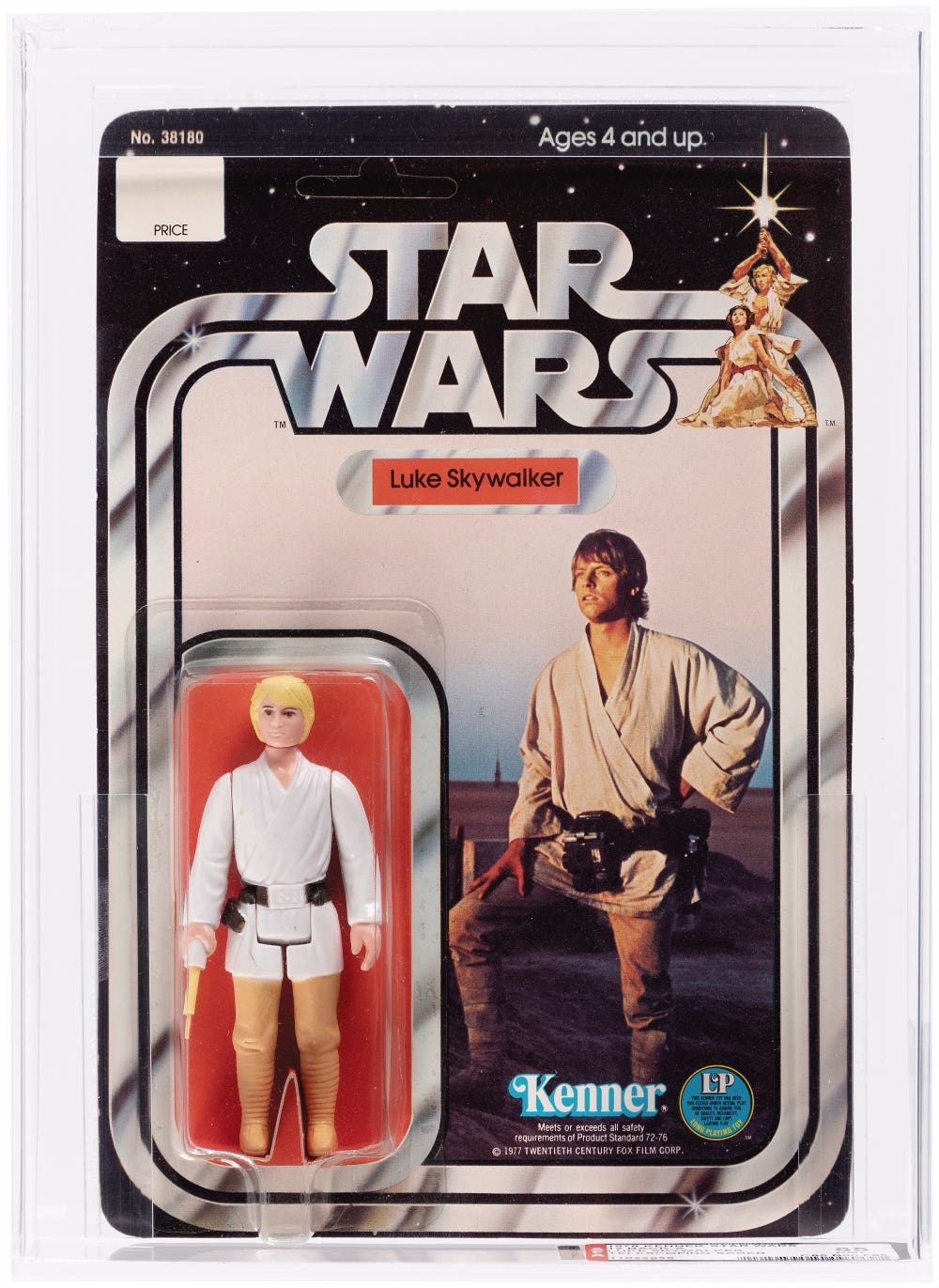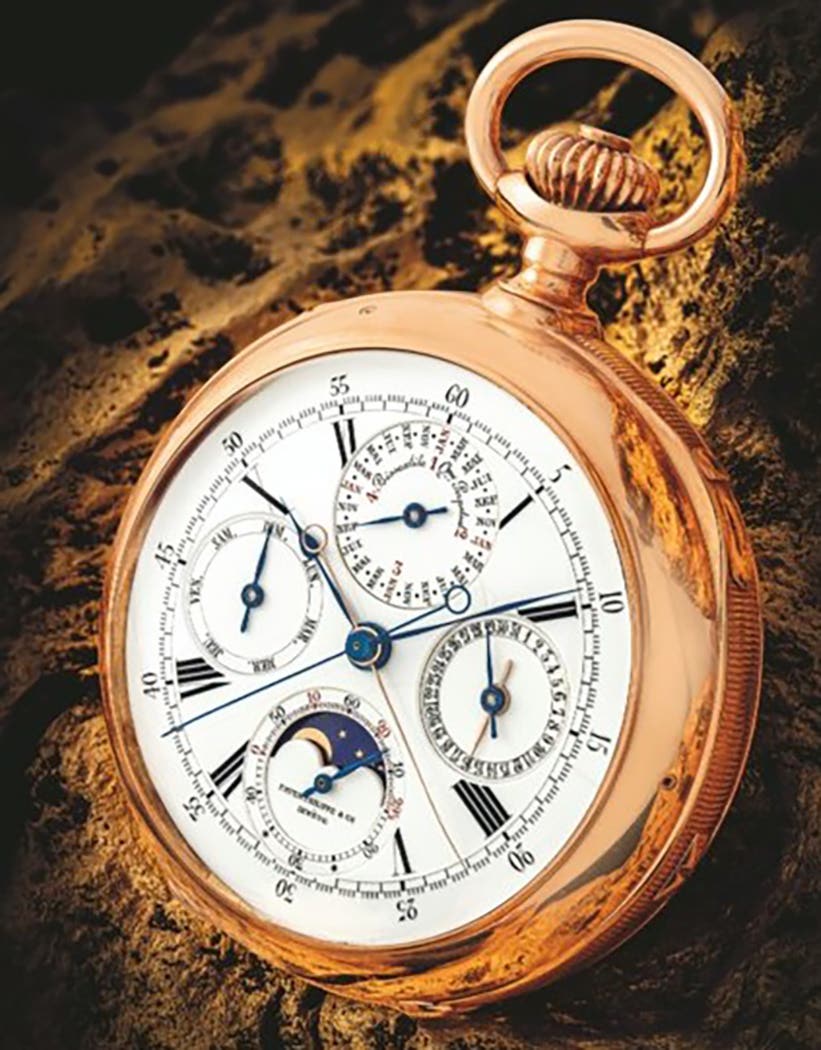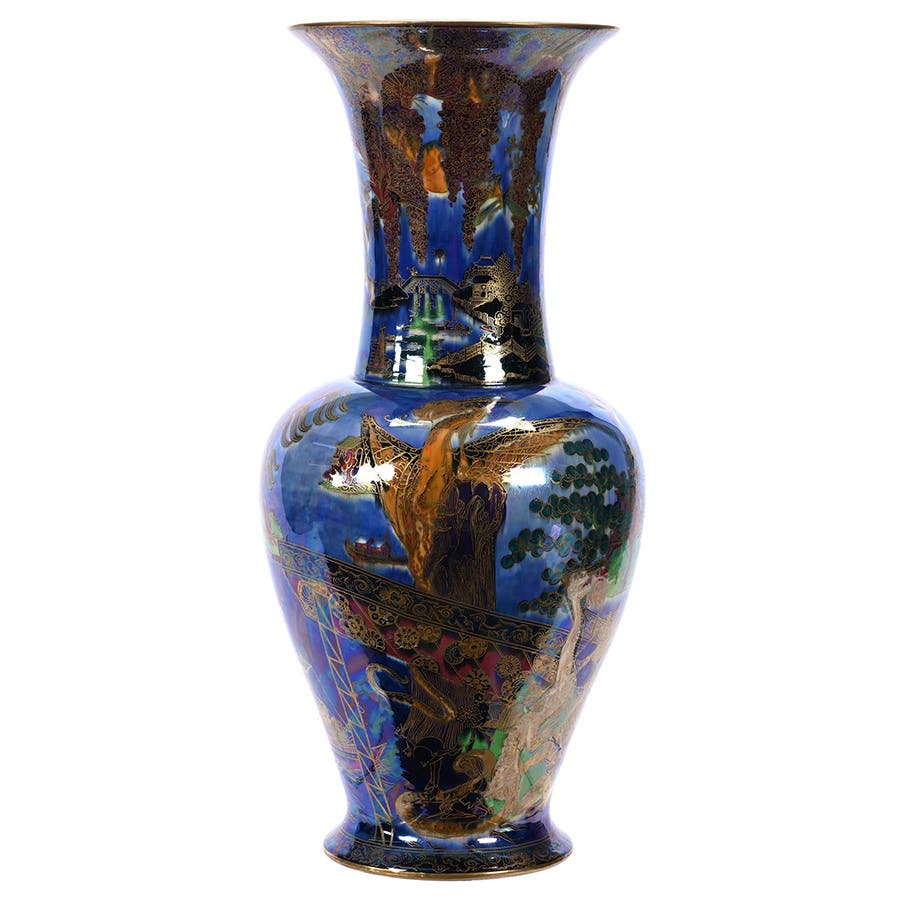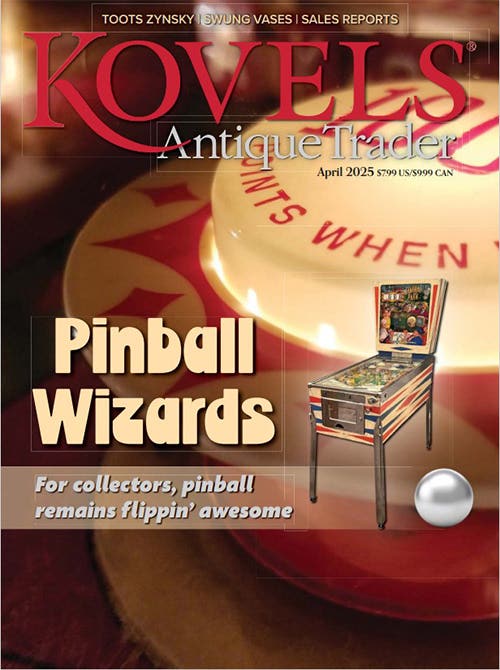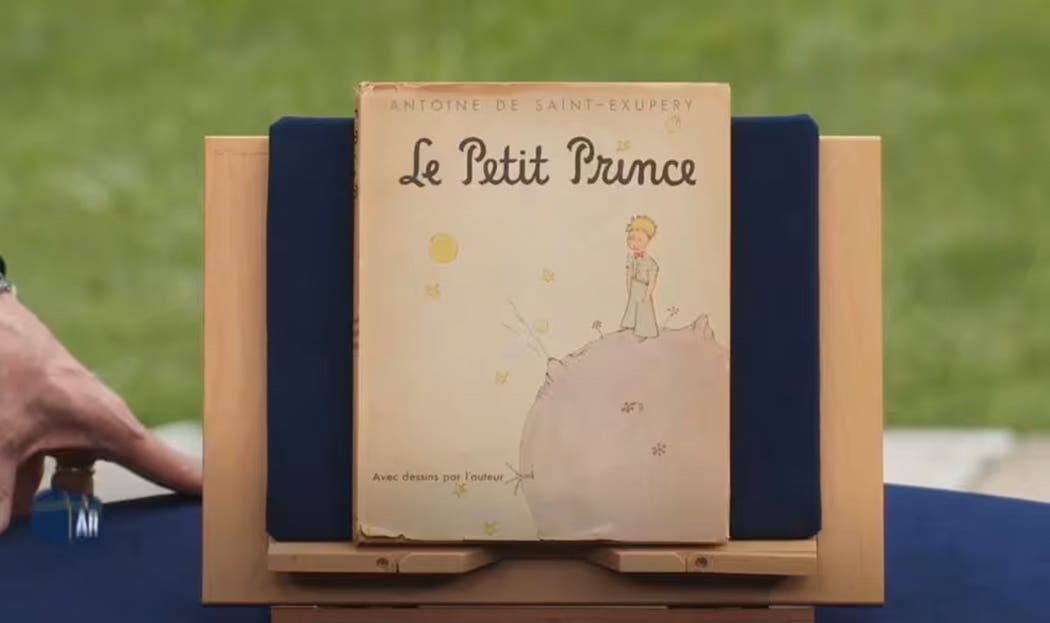Give Peace a Chance: Remembering John Lennon
John Lennon was killed Dec. 8, 1980, outside his home in New York City at the age of 40. His shocking death was mourned worldwide. From The Beatles to a solo career, a look at his life, his music and the collectibles we cling to more than 40 years later.
In the early stages of World War II, John Lennon was born in Liverpool, England. That birth went unnoticed and unheralded by most people outside of his immediate family, but some twenty years later almost everyone his age in the English-speaking world would know his birthday: Oct. 9, 1940.
The same is true, sadly, about his death Dec. 8, 1980, a day that shook millions and forty years later still reverberates. But to recall one date you must remember the other. So let’s start at the beginning.
Lennon was raised mainly by his Aunt Mimi Smith and her husband, Uncle George. As Lennon grew up, he became more interested in the arts – particularly in drawing and in music. Aunt Mimi famously told him, “The guitar’s alright, John, but you’ll never earn a living by it.” Lennon’s mother, Julia, was an important part of his teenage life, introducing him to rock-and-roll records and encouraging his creative side. By the time she was struck and killed by a car in 1958, her son had already formed his first band and was on his way to creating the Beatles – the band that would hold one of the most influential forces in the history of popular music.
The Beatles began humbly by playing locally in and around Liverpool and getting gigs in Hamburg, Germany – where they played for long hours at a time. That grueling schedule prompted them to learn more chords and become better musicians. They also worked out their musical parts together, with the three guitarists (Lennon, Paul McCartney and George Harrison) becoming outstanding musicians in their own right.
After taking on a manager, Brian Epstein, in late 1961, they followed Epstein’s lead in cleaning up their appearance, as he sought a recording contract for them. Although Decca Records turned them down (later going on to sign the Rolling Stones), Epstein and the Beatles found a place at Parlophone (EMI) Records with producer George Martin. Martin’s style of production allowed for a partnership between the producer and the band, allowing them to explore their boundaries as musicians while he and the recording engineers worked at the frontiers of musical production.
As they rose to greater fame in England, they were invited to perform at the Royal Variety Show in 1963. A nervous Lennon famously introduced their final number, “Twist and Shout,” by asking the audience to participate: “Would the people in the cheaper seats clap your hands. And the rest of you, if you’d just rattle your jewelry.” When the show was televised, Lennon’s humor endeared him to viewers, and the program was ITV’s most-watched show in history at the time.
The group’s next stop was America, and McCartney expressed publicly that he was nervous about going there until they had had a chart-topping hit in the United States. At that point, they had produced four No. 1 singles and two No. 1 albums in Great Britain. Their second album had been so popular that it charted on the singles chart – and charted higher than any other album, before or since. But as of December 1963, they hadn’t had any success in the United States: no hits, aside from a few local markets. Capitol Records picked up their contract and released “I Want to Hold Your Hand,” which indeed hit No. 1 before their arrival in the States on Feb. 7, 1964.
The band arrived in the United States to considerable fanfare, and at the scheduled press conference, a reporter asked the Beatles if they would sing. They all shouted “No!” A different reporter retorted, “Is there doubt that you can sing?” Lennon quickly responded, “No. We need money first.” Everyone laughed, and they moved on, having endeared themselves to America. As their success continued to rise, their first appearance on "The Ed Sullivan Show" Feb. 9, 1964, was (at the time) the most-watched TV program of all time with a reported 73 million viewers.
From the inception of the Record Industry of America in 1958 to the advent of the Beatles in 1964, the organization had only certified 14 singles with gold record awards (a single has to sell 1 million copies to be noted as gold). The Beatles themselves had earned six gold singles by the end of 1964, and that total did not count five singles that would have certified gold but which had come out on record labels that did not submit to the RIAA for certification. In 1964, few movies featuring rock-and-roll music were regarded as being “good” as motion pictures, but the Beatles’ first film, A Hard Day’s Night, wound up in time capsules in 1964 and went on to earn a place on Time magazine’s list of the greatest movies of all time.
While the Beatles recorded together, they scored several interesting firsts. Most single records usually featured a hit (“A”) side and a throwaway song, the B-side, but both sides of several Beatles singles not only charted but charted to high positions. In 1969, their single “Something”/ “Come Together” was on the verge of charting the two sides as No. 1 and No. 2, but the week that would have happened, the three major industry magazines decided to stop charting both sides of the same record. Officially then, only Elvis Presley ever accomplished that feat (with “Don’t Be Cruel” and “Hound Dog” in 1956). On April 4, 1964, the top five songs in the U.S. were Beatles songs, and the band dominated the Top Twenty; they also had the top two albums that week. At the end of 1964, the Beatles single “I Feel Fine” became the first hit record to begin with the deliberately inserted sound of guitar feedback at the beginning. One song that was almost a single in ’64, “I’m a Loser,” was a folk-rock song on a hit album – months before the Byrds’ recording of “Mr. Tambourine Man.”
The band experimented with adding interesting and different sounds to their records, to the delight of the recording engineers. The Beatles released the first rock-and-roll songs to feature the sitar (1965) and the harp (1967), for example. For “I’m Only Sleeping” in 1966, they wrote out the chords to the guitar solo so that they could be recorded in reverse order. The guitar appears “backward” on the record. The promotional films to “Strawberry Fields Forever” and “Penny Lane” inaugurate the notion of a modern music video in which the film conveys a feeling that the song establishes. They had the first rock-and-roll albums to hit No. 1 in America without any singles being released from them – a feat that they accomplished three times. In 1968, they released the first two-record set that went on to sell over two million copies. At this writing, it is still the best-selling two-record set of all time.
Lennon left the group without any public announcement in September 1969, and McCartney departed publicly in April 1970. They were never to reunite. Lennon and his second wife – artist Yoko Ono – went on to release more hit records, to take on political causes, and to promote world peace. Lennon and Ono’s first album, Two Virgins, was an experiment in sound; its cover featured the two of them nude, from the front and from the rear. John released several records to wide critical acclaim, including (notably) Plastic Ono Band (1970) and Imagine (1971). His partnership with his wife was one of the factors in his decision to temporarily retire from music in order to remain home to raise his second son, Sean. He admitted publicly that with the Beatles’ atmosphere being what it was, he had not been the father to his first son, Julian, that he wished he could have been. By this time (1975), John was on his way to earning his “green card” in order to remain in the United States – something that he had to struggle to obtain.
After returning to the music scene in 1980, John had a hit single and album right after he turned 40. During the evening of Dec. 8, 1980, Lennon was fatally shot outside of the Dakota, his residence in New York City, by Mark David Chapman, who remains in prison after pleading guilty to the crime.
Lennon’s and the Beatles’ immense and lasting popularity have created collectibles of all sorts. Not counting personal items (such as clothing), autographs and other unique ephemera, there are collectibles that touch on many areas of interest. Most obviously, there are the records – especially rare ones, and records in top condition. Fans also collect album posters, concert posters and tickets, and original 1960s memorabilia. From Lennon’s life as a former Beatle, there are also plenty of collectibles from his career as a musician, and as an artist with Yoko Ono. Here is a sample of a few such things.
Comic Book – The Beatles, Dell Publications, 1964: A copy in NM- 9.2 condition sells for about $2,700; a copy in middle grades still brings in $300.
Concert Poster – The Beatles, 1966, Shea Stadium: Although there are many counterfeits, only a few genuine posters remain. One sold for $137,500.
Wallpaper – The Beatles, 1964: A sample sheet measuring 2’ x 2’ or less, sells for about $20, but a full sheet of wallpaper would sell for quite a bit more.
Box – Trading Cards, Second Series, by Topps – The Beatles, 1964: The outer box alone sells for about $400. A full set of the cards from the series sells for about $120 in excellent condition.
Record Player – NEMS Enterprises, the Beatles, 1964: If the box still looks attractive and the record player works, this could sell for $5,000 or more.
Set of 15 Lithographs and Outer Bag – John Lennon, 1970: Complete sets are hard to find. One set sold for over $53,000
Newspaper – Mersey Beat magazine Vol. 1 No. 13, 1962: Featuring the Beatles on the cover. Complete copies of the magazine are very rare. One copy sold for $32,500.
Flyer – John Lennon’s appearance in Philadelphia at the Helping Hand Marathon, 1975: Valued today at about $200.
Album Promotional Poster for Imagine – John Lennon, 1971: Reads “IT’S HERE” in red in the upper right. These sell for about $300.
Album, Two Virgins, Apple APCOR-2 – John Lennon, 1968: EMI was supposed to release the British album, in mono. However, at the last minute, they pulled out, and Track Records released the vast majority of the albums. American copies are not nearly as rare. A British mono copy might sell for $2,500.
RIAA Gold Record, “Starting Over” – John Lennon, 1980: With the original frame and backing materials, this sells for about $6,000.
Figurines – Yellow Submarine, made by Goebel, the Beatles, 1968: A complete set with the Three Line Mark sells for about $7,000. Reissues from 2006 sell for about $200.
Character mugs – Royal Doulton, the Beatles, 1984: A complete set of four sells for $500 to $600.
Lunch Box – Yellow Submarine, King Seely Thermos, The Beatles, 1968: Boxes complete with the thermos and its cap in perfect condition without any rust or lost paint sell for up to $2,000. The typical box that you might find somewhere, with a bit of rusting around the edges, sells for $150 to $250.
If you believe you have a rare or valuable Beatles/Lennon collectible the first thing you should do is check online auctions. Your first stop should be eBay, which has the largest volume of online sales.
Check to see if your item has sold recently. If so, you can determine how much that item sold for. If it sold for $100 or more, and if you’re looking to sell yours, you might think of selling to a local dealer or auction house. Heritage Auctions (ha.com) has entertainment sales every few months. There are other auction houses, too, that sell in person and online.
If you think you can sell it for a reasonable price yourself, try selling it on eBay or a number of other online marketplaces. Make sure you describe the item well and provide plenty of good pictures.
You might also check with well-known Beatles dealers such as Perry Cox (perrydcox@aol.com) and Gary Hein (beatles4me.com). They may have connections that will help you to get the best possible price. However, dealers are likely to want top condition copies only. If your record or item shows signs of wear and tear you may be better off selling it yourself.
Finally, you should be aware that items in “very good plus” condition only garner about half as much as items in “near mint” condition, and the prices go down from there. A scratched up common record, even if it is the Beatles or John Lennon, might still only sell for a few dollars – less than the postage needed to mail.
FRANK DANIELS writes the Rock by Numbers, Market Watch, and Ask the Expert columns for Goldmine magazine. He is the co-author of Beatles for Sale on Parlophone (with Bruce Spizer) and the Beatles and Beach Boys Price Guide series (with Perry Cox and Mark Galloway). By day, he teaches mathematics and statistics at a community college, and has taught “History of Rock Music.”




